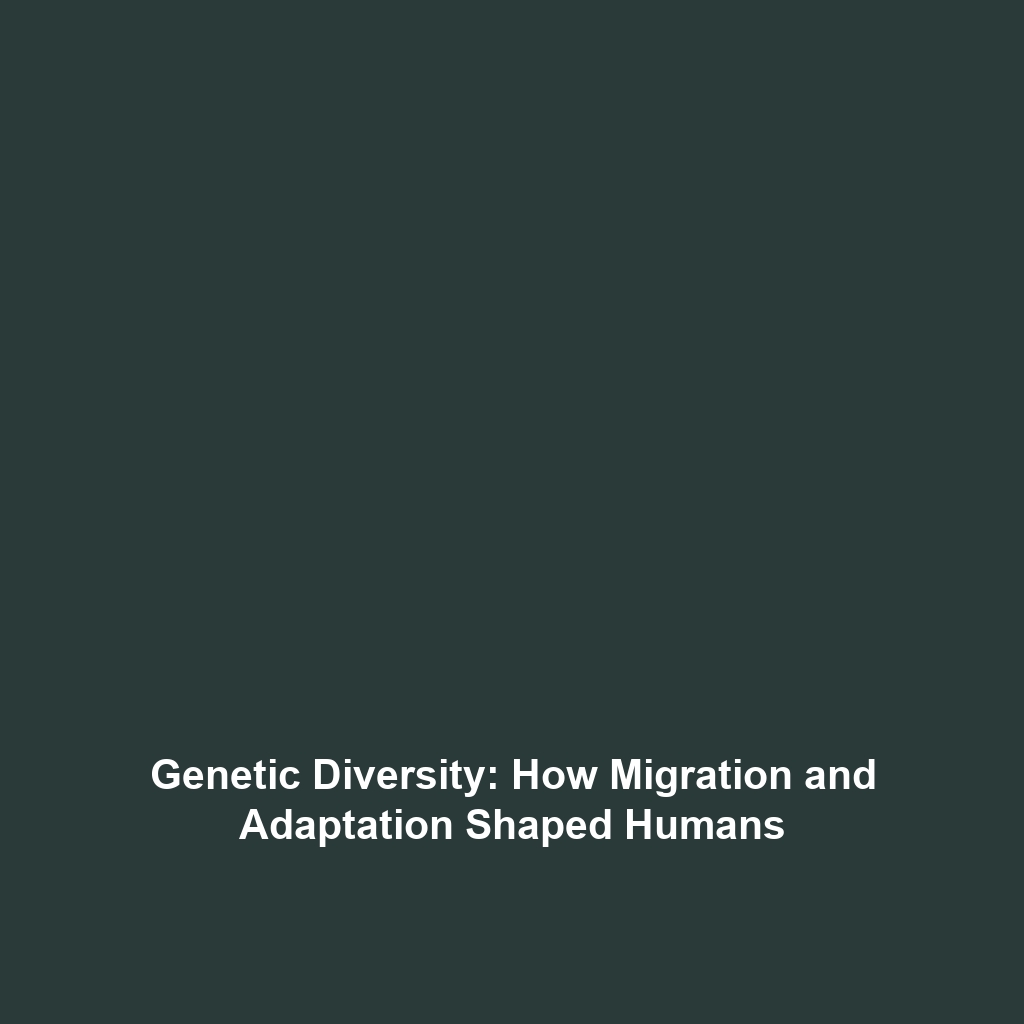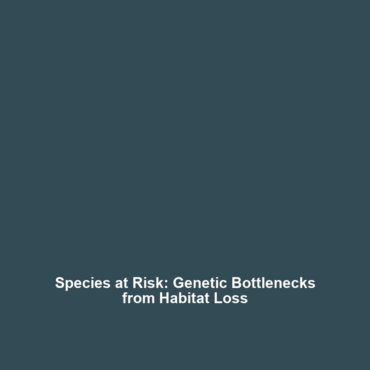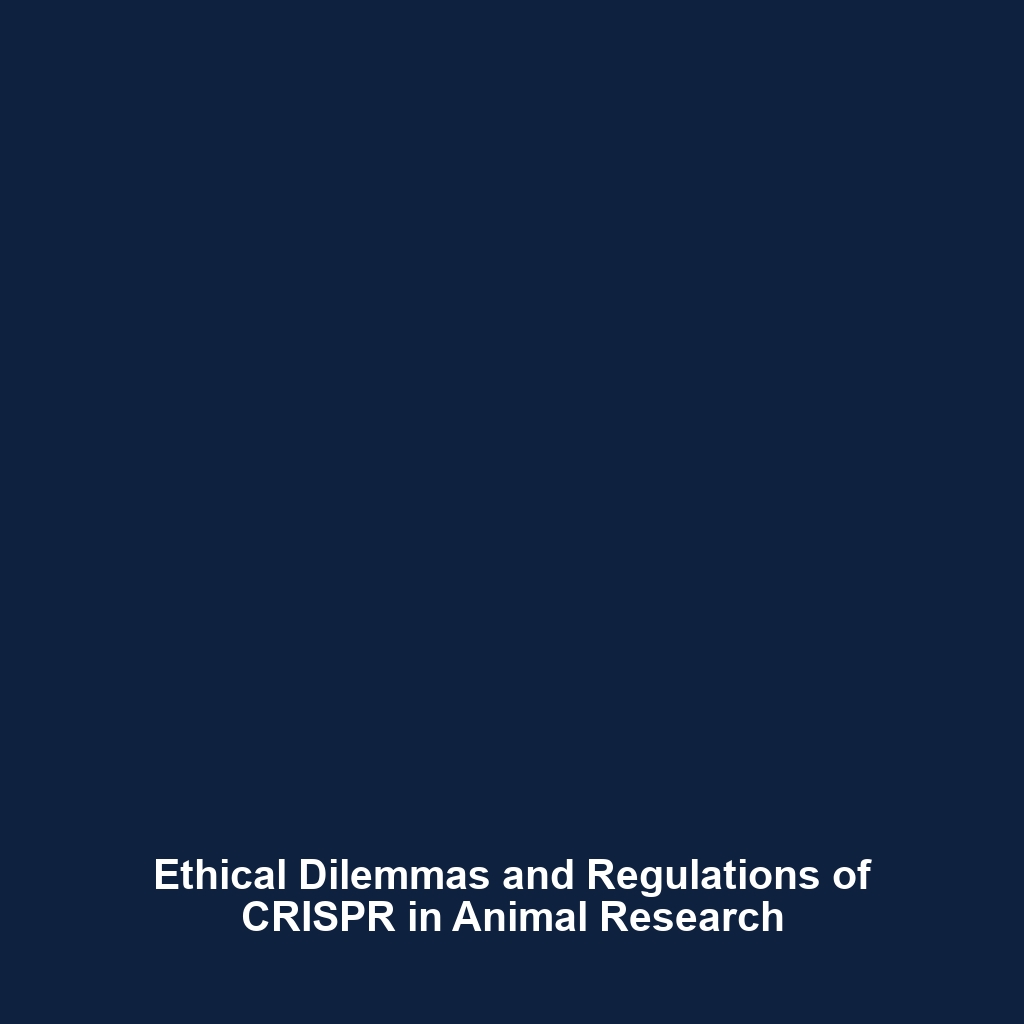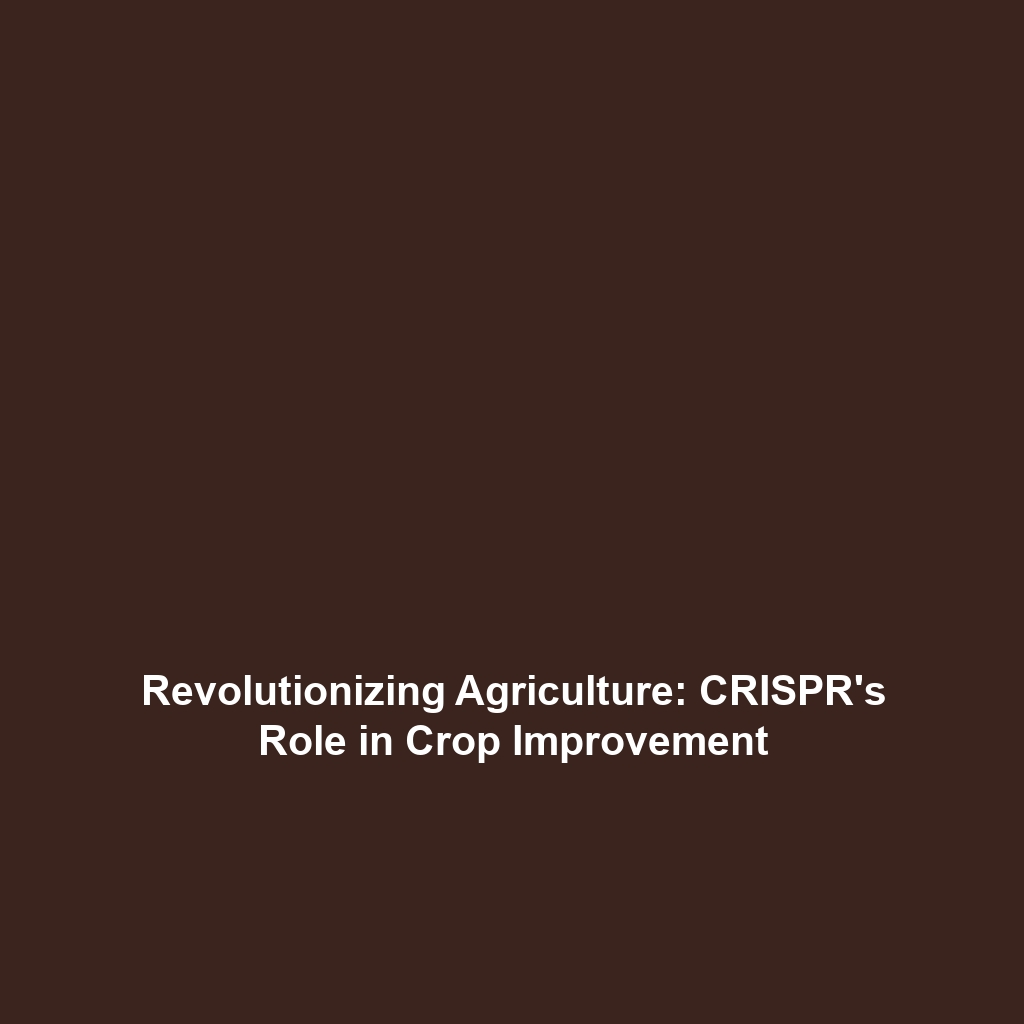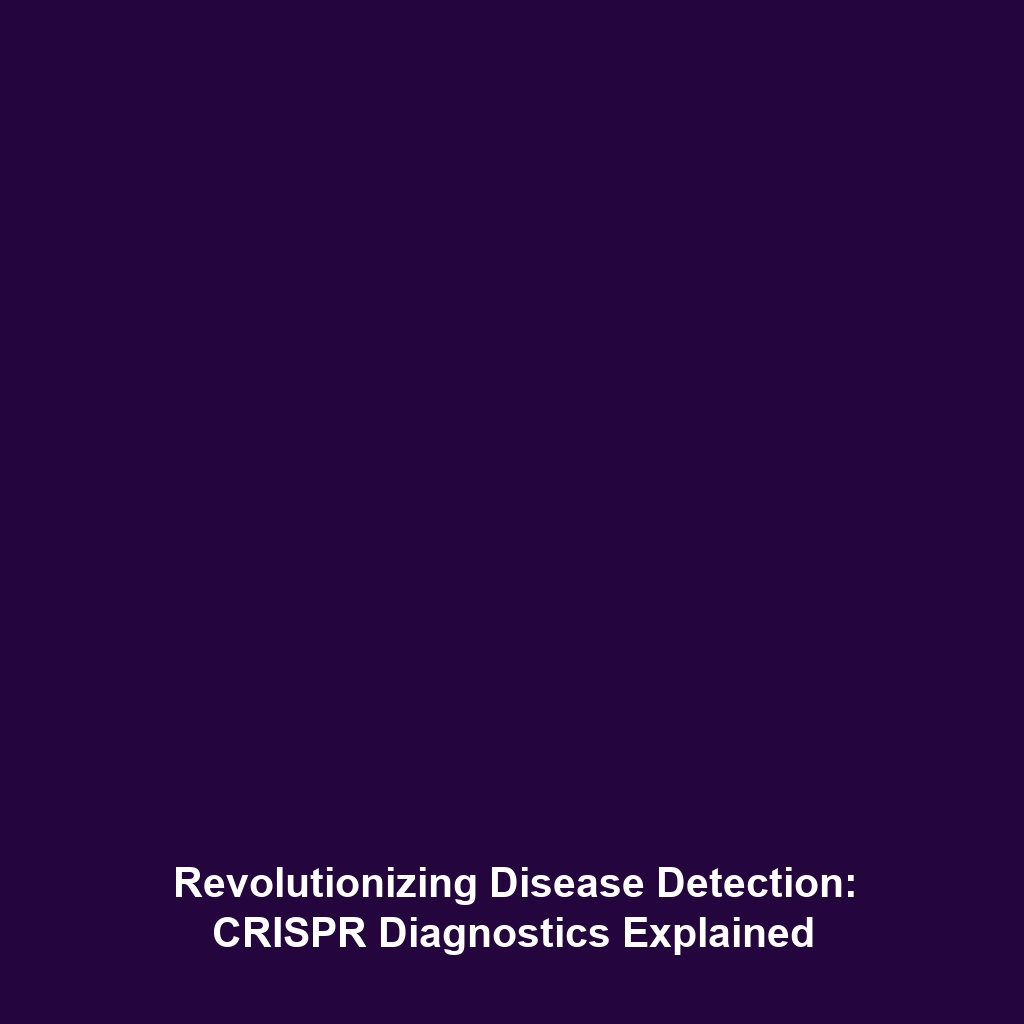Genetic Evidence of Human Diversity: Migration, Adaptation, and Interbreeding
The study of genetic evidence provides profound insights into human evolution, revealing how modern humans exhibit genetic diversity shaped by migration, adaptation to varied environments, and interbreeding with other hominins such as Neanderthals and Denisovans. Understanding this genetic variability is crucial for comprehending our species’ adaptive strategies and evolutionary history. This article delves into the implications of genetic diversity within the broader context of human evolution, the exciting real-world applications, challenges faced in this field, and anticipated future research breakthroughs.
Key Concepts in Genetic Diversity
Genetic evidence plays a pivotal role in illuminating the history of modern humans. Key concepts include:
Migration Patterns
Human migration has been a critical factor influencing genetic diversity. As early humans migrated from Africa, they adapted to different climates and environments, leading to distinct genetic variations.
Adaptation to Environments
Adaptation to diverse environments, such as varying altitudes, climates, and food sources, has left an imprint on human DNA, allowing populations to thrive in their specific locales.
Interbreeding with Other Hominins
Genetic evidence highlights the interbreeding between modern humans and archaic hominins like Neanderthals and Denisovans. This genetic exchange contributed to the adaptability of contemporary humans, with evidence of Neanderthal DNA present in non-African populations.
Applications and Real-World Uses
Understanding genetic diversity’s implications in relation to human evolution leads to several practical applications:
How Genetic Evidence is Used in Anthropology
Anthropologists utilize genetic evidence to trace the migratory paths of ancient human populations, enhancing our understanding of ancestry and evolution.
Applications in Medicine
Insights into genetic diversity help in tailoring medical treatments based on population-specific genetic predispositions, leading to more effective health interventions.
Current Challenges in Genetic Research
While studying genetic evidence provides valuable insights, there are notable challenges:
- Lack of comprehensive ancient DNA samples complicates the understanding of early human migrations.
- Interpreting genetic data requires sophisticated tools and methodologies that are constantly evolving.
- Ethical considerations regarding the use of genetic information in various contexts.
Future Research and Innovations
The future of research related to genetic evidence and human evolution is promising, with several innovations on the horizon:
- Next-generation sequencing technologies are expected to provide deeper insights into ancient genomes.
- Advancements in bioinformatics will enhance data analysis and interpretation of complex genetic materials.
- Interdisciplinary studies combining genetics, archaeology, and anthropology are likely to yield transformative insights into human evolution.
Conclusion
In summary, genetic evidence illustrates the remarkable diversity of modern humans influenced by migration, environmental adaptation, and interbreeding with other hominins. Understanding these elements is vital for grasping the intricacies of human evolution. As research continues, the insights gained will have significant implications for anthropology, medicine, and beyond. To learn more about this subject, explore related topics such as human migrations and Neanderthal genetics. Stay informed about the evolving narrative of human evolution through ongoing research in this captivating field.
